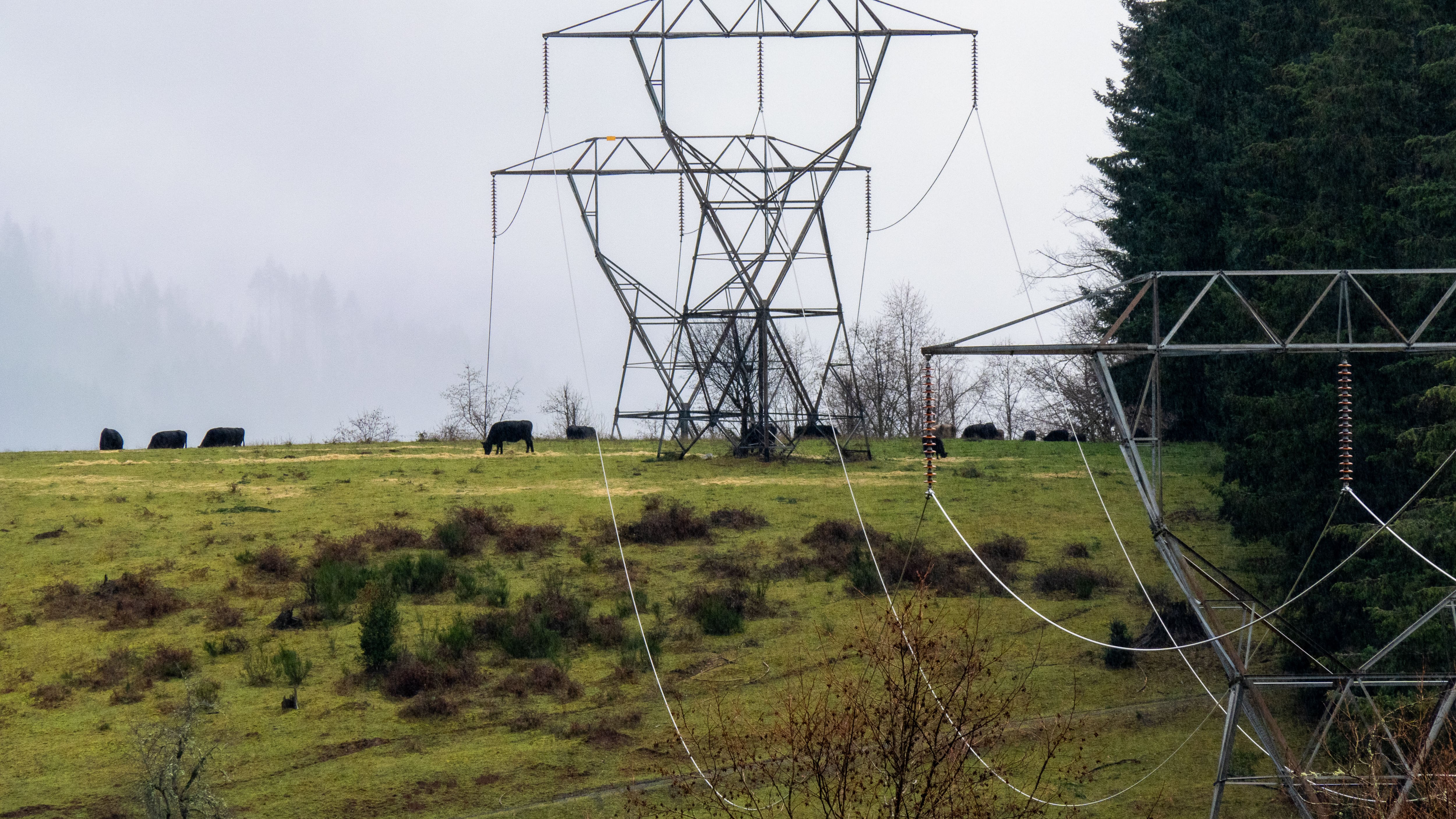The fires in Oregon in 2020 were not the first or only time PacifiCorp’s corporate behavior has been called into question.
On June 26, 2012, James Martin was found dead at the wheel of his vehicle.
A rapidly moving wildfire near Indianola, Utah, had overtaken him as he was attempting to flee the flames.
The Utah State Fire Marshal’s Office determined the cause of the fire was a power line that came into contact with a wooden power pole. When live power lines come into contact, or even if they get too close to a tree or other power lines, they can set off light and sparks that can ignite fires.
In this case, the contact created a powerful jolt of electrical current that “was able to travel through the structure’s guy wire” into the ground, Utah deputy state fire marshal Troy Mills wrote in his official report. “The grass around the guy wire anchors ignited. The wind caused the fire to spread to other grass and sagebrush in the area.”
In addition to killing Martin, the Wood Hollow Fire burned 47,400 acres and destroyed 52 homes.
Both the line and the pole were owned by Rocky Mountain Power, a subsidiary of PacifiCorp.
The Wood Hollow Fire drew the attention of the Federal Energy Regulatory Commission, the agency charged with ensuring the reliability of the nation’s power grid. Over the course of a four-year investigation, FERC determined that inadequate clearance between power lines was endemic in PacifiCorp’s bulk transmission system. What’s more, company officials knew it but failed to take steps to address the problem.
FERC staff maintained that PacifiCorp had for years been inaccurately rating its bulk transmission lines, allowing them to carry more electricity than they should have. “PacifiCorp’s engineering department at times expressed concern about clearance issues and inaccurate transmission line facility ratings and advised senior management at the company about these issues as early as 2009,” FERC staff said in a 2016 report. “The evidence indicates that PacifiCorp’s management did not act on the concern.”
Nearly half of PacifiCorp’s 17,000-mile transmission grid was in such bad condition it wasn’t fit to carry any electricity, FERC officials said in the 2016 filing. A handful of PacifiCorp employees agreed with the federal agency and argued internally that its lines should be rated “zero-amp.”
“Zero-amp means that the transmission line is unsafe at any speed,” says Robert McCullough, a utility industry consultant in Portland. “At issue was whether PacifiCorp’s backbone transmission system could have stood up to a major challenge. From the evidence, it could not have, and the fact was widely recognized by PacifiCorp staff and management.”
PacifiCorp spokeswoman Erin Isselmann defends the utility’s practices. “A third-party expert evaluates our programs on a state-by-state basis and has determined that the company meets the highest standards for investor-owned utilities,” she says.
FERC staff proposed fining PacifiCorp $42 million, one of the largest sanctions ever issued by the agency for violation of reliability standards. But the FERC commissioners, who are presidential appointees, balked at such a large penalty and reduced the fine to just over $4 million.

